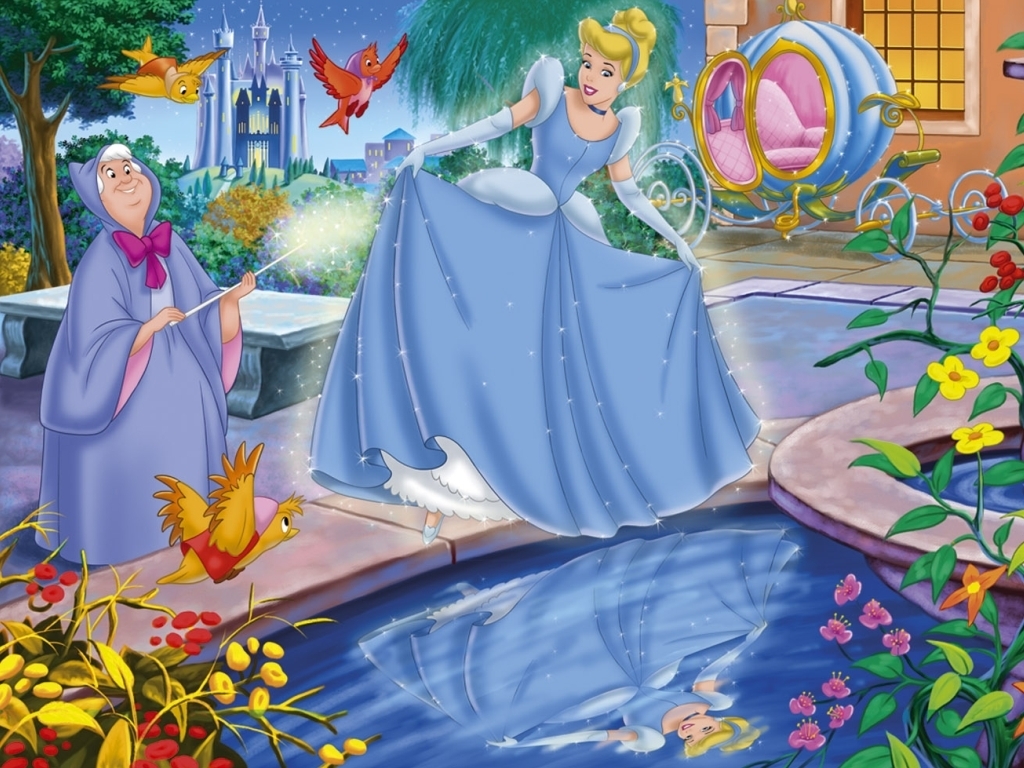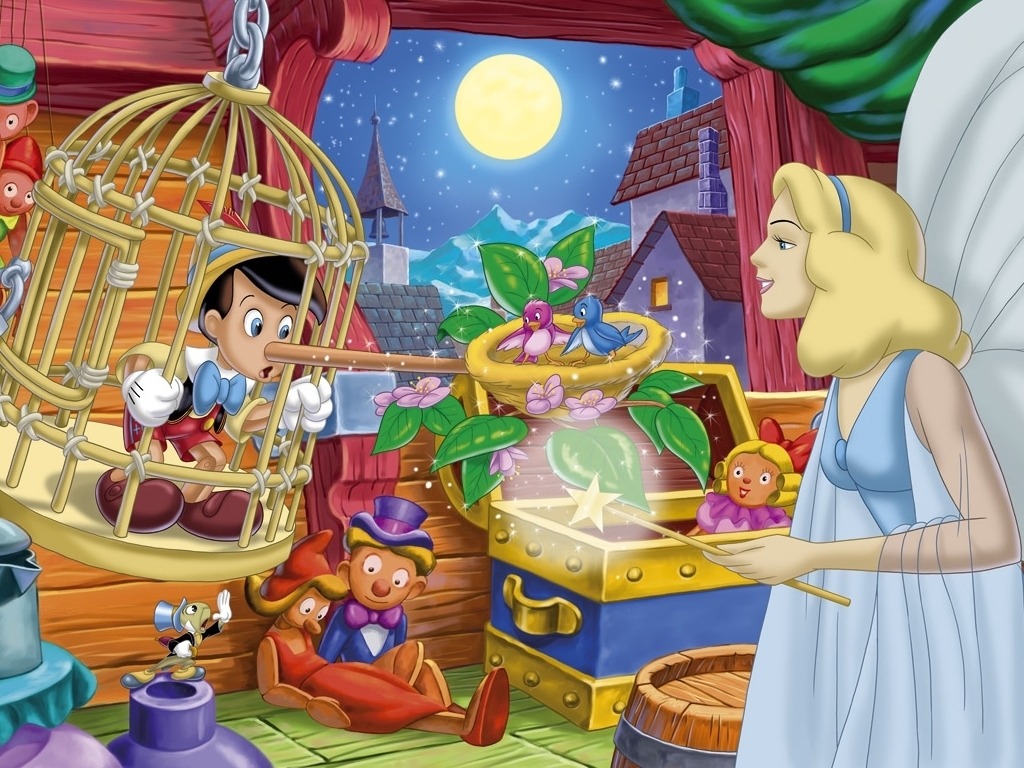Free Cartoons Wallpapers Biography
Walter Crane was born in Liverpool, England on 15 August 1845, the second son of Thomas Crane, a portrait painter and miniaturist. He was a fluent follower of the newer art movements and he came to study and appreciate the detailed senses of the Pre-Raphaelite Brotherhood, and was also a diligent student of the renowned artist and critic John Ruskin. A set of coloured page designs to illustrate Tennyson's "Lady of Shalott" gained the approval of wood-engraver William James Linton to whom Walter Crane was apprenticed for three years (1859–1862). As a wood-engraver he had abundant opportunity for the minute study of the contemporary artists whose work passed through his hands, of Pre-Raphaelites Dante Gabriel Rossetti and John Everett Millais, as well as Alice in Wonderland illustrator Sir John Tenniel and Frederick Sandys. He was a student who admired the masters of the Italian Renaissance, however he was more influenced by the Elgin marbles in the British Museum. A further and important element in the development of his talent was the study of Japanese colour-prints, the methods of which he imitated in a series of toy books, which started a new fashion.
Walter Crane was born in Liverpool, England on 15 August 1845, the second son of Thomas Crane, a portrait painter and miniaturist. He was a fluent follower of the newer art movements and he came to study and appreciate the detailed senses of the Pre-Raphaelite Brotherhood, and was also a diligent student of the renowned artist and critic John Ruskin. A set of coloured page designs to illustrate Tennyson's "Lady of Shalott" gained the approval of wood-engraver William James Linton to whom Walter Crane was apprenticed for three years (1859–1862). As a wood-engraver he had abundant opportunity for the minute study of the contemporary artists whose work passed through his hands, of Pre-Raphaelites Dante Gabriel Rossetti and John Everett Millais, as well as Alice in Wonderland illustrator Sir John Tenniel and Frederick Sandys. He was a student who admired the masters of the Italian Renaissance, however he was more influenced by the Elgin marbles in the British Museum. A further and important element in the development of his talent was the study of Japanese colour-prints, the methods of which he imitated in a series of toy books, which started a new fashion.
Free Cartoons Wallpapers
Free Cartoons Wallpapers
Free Cartoons Wallpapers
Free Cartoons Wallpapers
Free Cartoons Wallpapers
Free Cartoons Wallpapers
Free Cartoons WallpapersWlad Midelt






